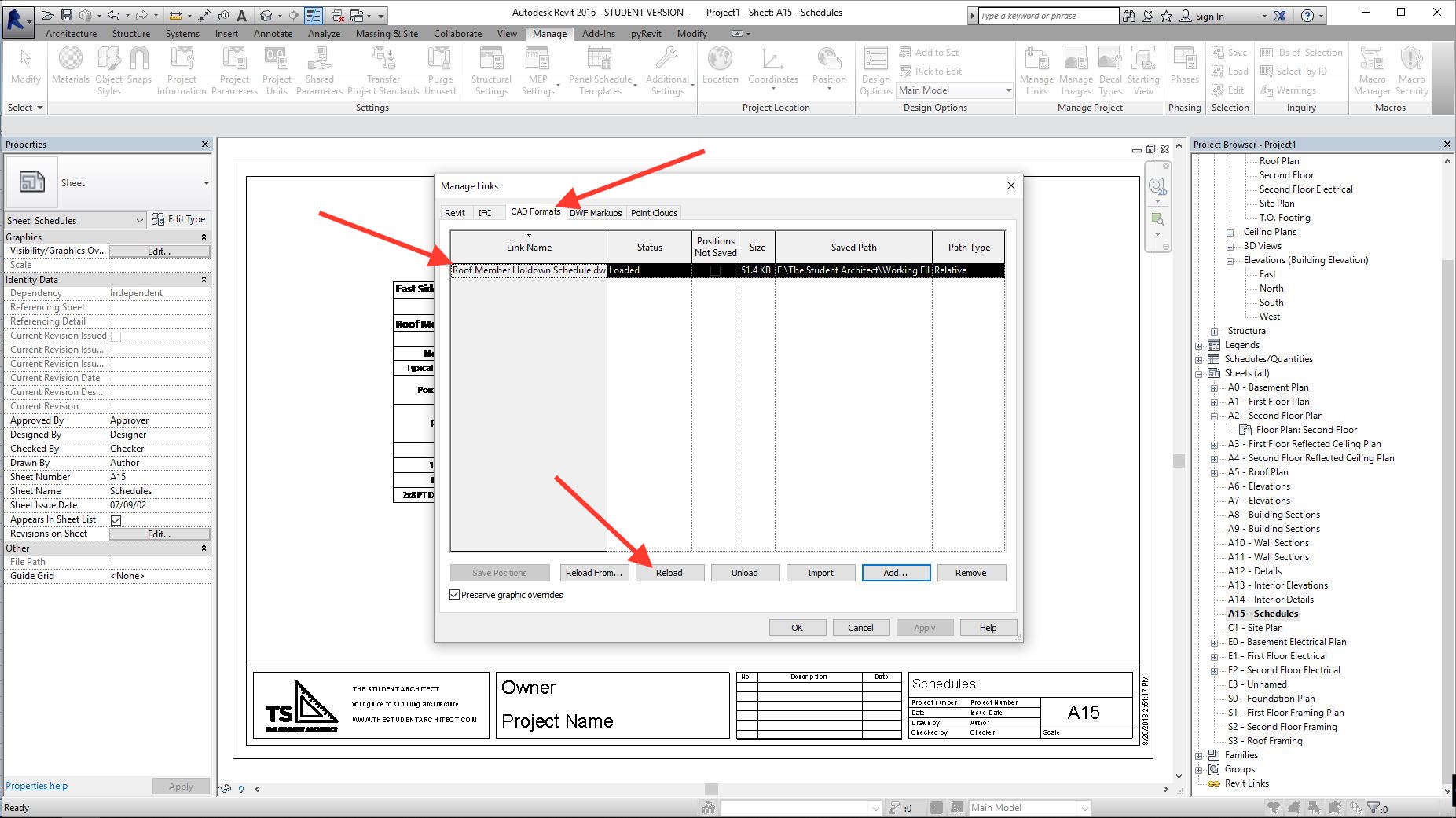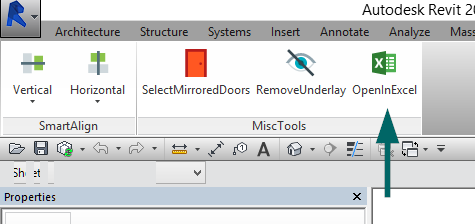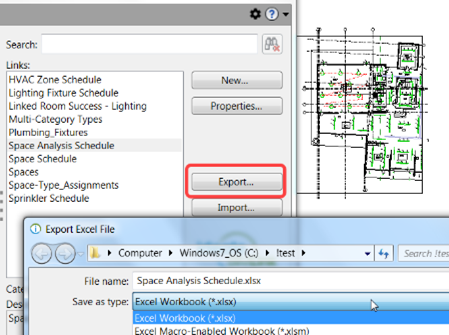Unlocking New Capabilities: Improve Revit Tools with the Right Plugins
Wiki Article
Grasping the Art of Information Integration: Just How to Seamlessly Import Excel Files Into Revit
In this article, we will direct you with the procedure of understanding the art of information assimilation. Obtain all set to prepare your Excel information effortlessly and follow our step-by-step guide to import files into Revit. With our best practices, you'll achieve data combination success in no time.Comprehending the Value of Information Combination in Revit
Comprehending the value of information combination in Revit is critical for smooth importing of Excel documents. It enables you to effectively update and manage details throughout the whole job when you integrate information from Excel right into Revit. This combination guarantees that your design and construction procedure is updated and accurate.By incorporating information, you can easily import and update criteria, routines, and even geometry in Revit. This eliminates the demand for hands-on data access, saving you time and decreasing the risk of mistakes. With Revit's data integration capacities, you can preserve uniformity and precision in your project, while additionally enhancing collaboration amongst team participants.

Checking Out the Excel Documents Style for Revit Integration

In order to successfully integrate Excel documents into Revit, it is important to guarantee that the data is formatted appropriately. This consists of correctly labeling rows and columns, in addition to structuring the data in such a way that is suitable with Revit's data schema. Revit uses certain specifications and categories to arrange data, so it is very important to straighten the Excel data with these criteria to make sure a seamless assimilation.
Furthermore, it is essential to keep in mind that Revit only sustains specific information types when importing from Excel. These consist of text, numbers, and days. Any type of various other data kinds, such as formulas or conditional format, will not be identified by Revit and may create problems throughout the combination procedure.
Preparing Your Excel Data for Seamless Import Into Revit
To ensure a smooth integration process, you'll need to appropriately layout and tag the columns and rows in your Excel information before importing it into Revit. Start by examining your Excel data and determining which rows and columns contain relevant information for your Revit project.Next, guarantee that the data in each column is appropriately formatted. For instance, if you have a column for measurements, ensure that all measurements are constantly formatted in the very same systems of measurement. Revit depends on consistent formatting to properly analyze and import data.
In addition, it is very important to examine for any empty cells or disparities in your information. Revit may not have the ability to check out or import data from cells that are vacant or consist of mistakes. As a result, it is suggested to evaluate your Excel data and clean up any kind of incongruities before importing it right into Revit.
Step-By-Step Guide to Importing Excel Info Into Revit
Once you have actually appropriately formatted try this website and identified your Excel data, you can conveniently import it into Revit by following this step-by-step overview. To begin, open Revit and browse to the "Insert" tab. Click "Import CAD" and select "Import Excel" from the dropdown food selection. A new window will certainly appear, asking you to situate the Excel data you intend to import. Surf your computer and pick the Excel file, after that click "Open."Following, a dialog box will appear, enabling you to customize the import settings. Here, you can pick the worksheet you desire to import, define the range of cells to import, and pick the proper units for your data. As soon as you've made your options, click "OK" to continue.
Revit will currently display a sneak peek of your Excel information. Take a moment to ensure and evaluate the preview that every little thing looks appropriate. If required, you can make adjustments to the import settings by clicking the "Setups" button.
Finest Practices for Information Integration Success in Revit
Ensure you adhere to these ideal methods to ensure successful integration of information in Revit. Most importantly, it is vital to arrange your information in Excel before importing it into Revit. This suggests ensuring consistent calling conventions, proper format, and precise data representation. Next, use Revit's built-in tools for data mapping. This will certainly permit you to match the columns in your Excel data find out this here with the corresponding parameters in Revit. Be conscious of the information and units types when mapping the information, as any kind of inconsistencies can bring about errors in the combination process.An additional essential technique is to regularly verify and update your information. As your project advances, it is essential to maintain your Excel documents as much as day with any adjustments made in Revit. This will certainly assist preserve the accuracy and uniformity of your information across both systems. In addition, use information recognition devices within Revit to identify any errors or variances in the integrated information.
Lastly, it is advised to establish a clear operations for data assimilation. This includes specifying obligations and roles, establishing up a communication channel in between staff member, and establishing a normal cadence for data updates and reviews. By following these ideal practices, you can make certain a effective and seamless assimilation of data in Revit, eventually boosting the efficiency and precision of your task.
Conclusion
In conclusion, mastering the art of data integration is essential for seamless import of Excel files into Revit. Comprehending the significance of data combination in Revit check out this site is the very first step towards successful integration.When importing data from Excel into Revit, it is important to understand the file format and just how it can influence the assimilation procedure (revit plugins). Revit uses specific parameters and groups to arrange information, so it is essential to line up the Excel data with these criteria to make certain a smooth combination
Be mindful of the information and systems types when mapping the information, as any type of inconsistencies can lead to errors in the assimilation procedure.
Furthermore, make use of information recognition tools within Revit to identify any mistakes or incongruities in the integrated data.

Report this wiki page